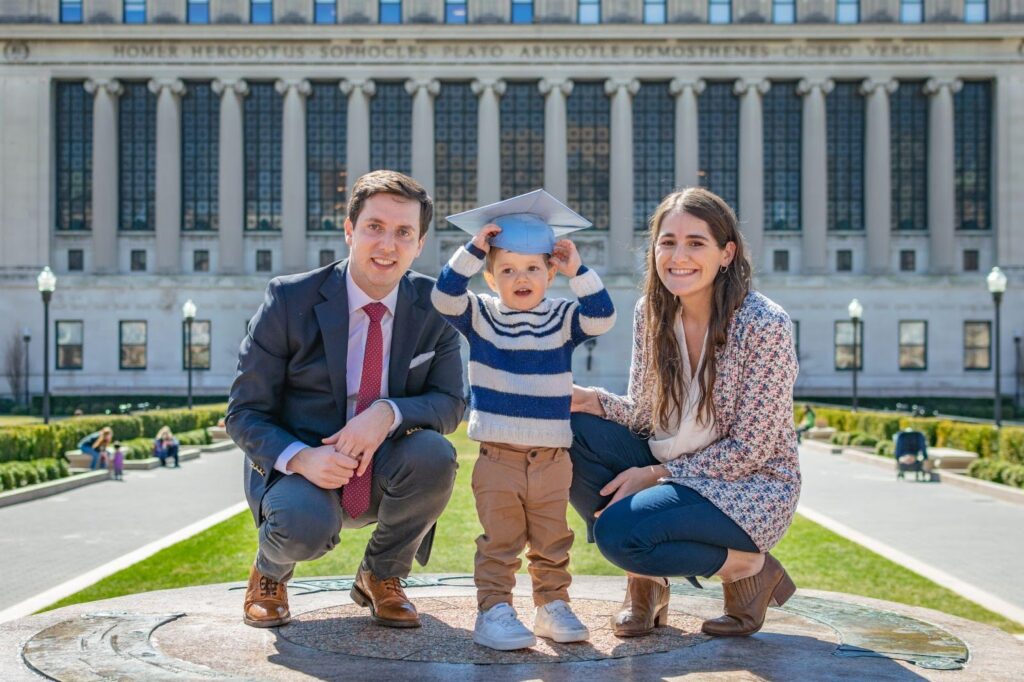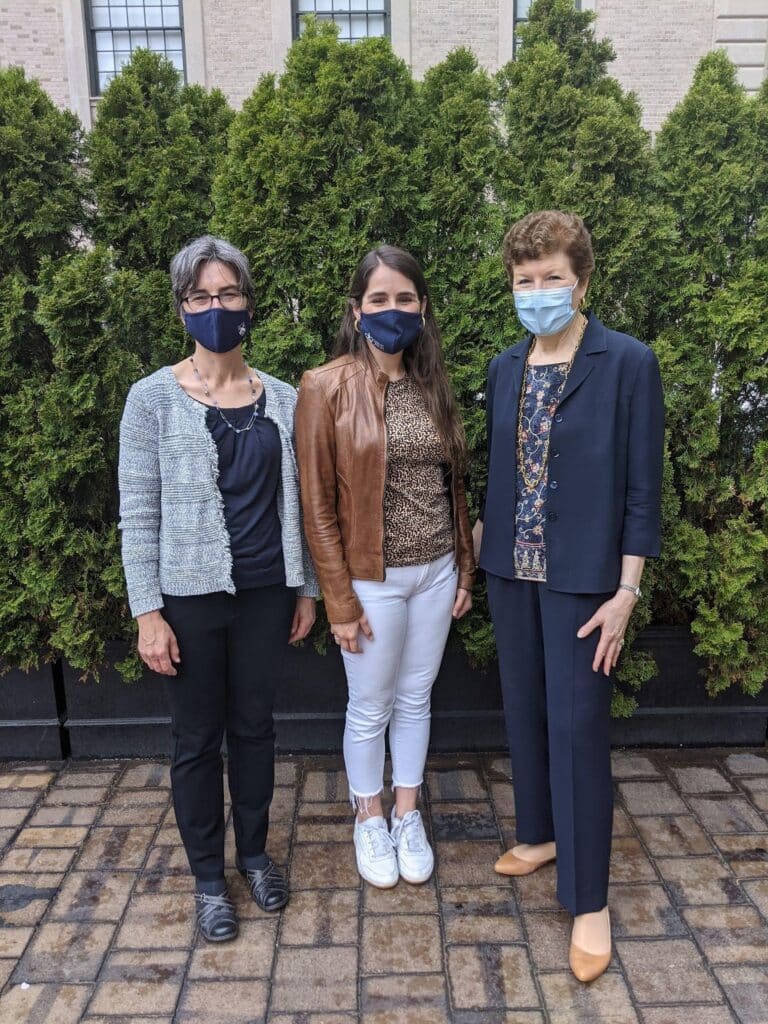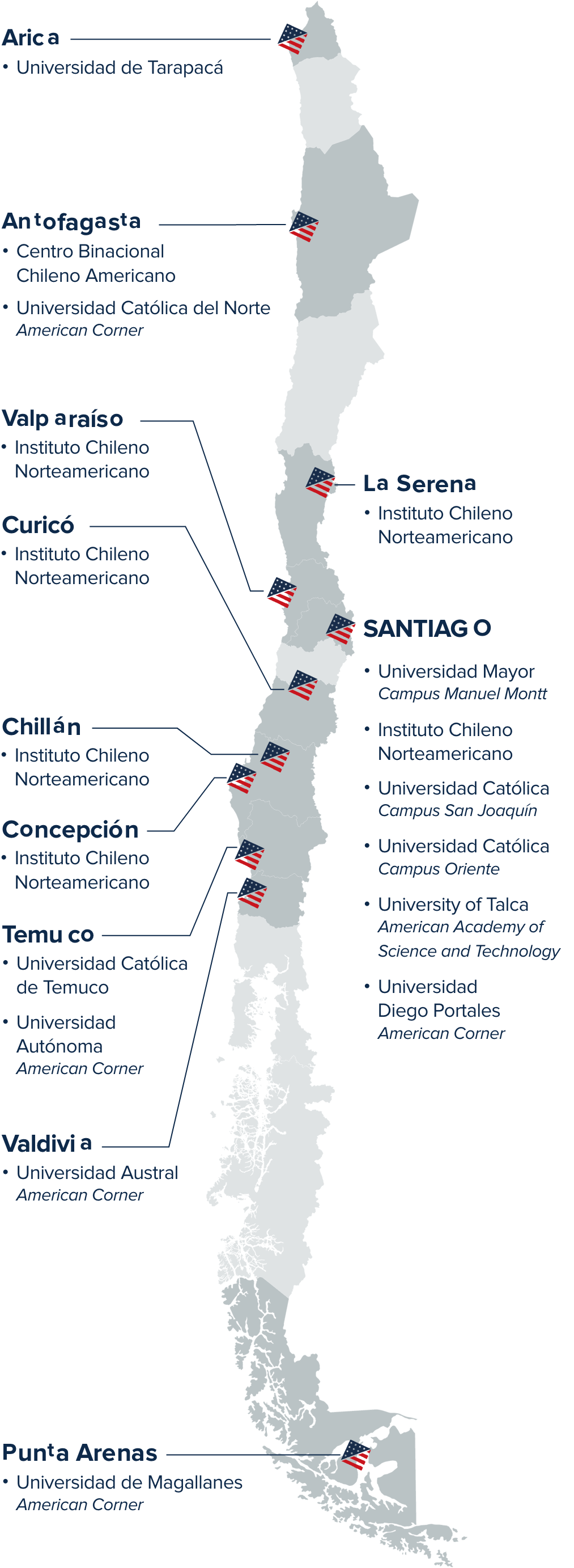From the applications to the settlement: there are many common experiences that Chilean graduate students have when they begin their way to the universities of the United States in search of the improvement of their studies.
Studying for a graduate degree in the United States is a goal that many professionals have at some point in their career, with the main objective of perfecting their knowledge. This is because education in the United States is of excellent quality, with the best universities globally, with advanced research laboratories and facilities that allow the development and comprehensive learning of students. However, many doubts flourish from the beginning of the journey: from how to apply, finance, or where to stay to small details such as transportation, support networks, or differences in educational systems.
Here we will tell you some experiences of Chilean students who did graduate studies in the United States to help you clear some of your doubts.
Studying a graduate degree in the United States is a goal that many professionals have at some point in their career, with the main objective of perfecting their knowledge. This is because education in the United States is of excellent quality, with the best universities in the world, with advanced research laboratories and facilities that allow the development and comprehensive learning of students. However, there are many doubts that flourish from the beginning of the journey: from how to apply, financing or the stay to small details such as transportation, support networks or differences in educational systems.
One of the questions most frequently asked by future graduate students is how to finance their studies. Josefina Lavín, a graduate student at Columbia University, applied for many scholarships to begin her studies, which helped her finance.
“I had the Chile Scholarship, but the problem with this scholarship is that they deliver it very close to my trip, so with my husband we spent a long time thinking that we had no help, so we had decided to take a loan. But with the help of the Chile Scholarship and the scholarship that covered half of the costs of studies that Columbia granted me helped me a lot. That is why I recommend applying for all available scholarships and finding out a lot since there are many financing possibilities to start your studies in the United States”, explains Josefina.

Josefina Lavín with her husband and son at Columbia University.
Likewise, Juan José Silva, also a graduate student at Columbia University, explains that there is a lot of support for Latin American students who wish to improve in the United States. “The university awarded me with all the scholarships available both need-based – where Chileans have an advantage since in general the salaries are lower compared to the United States – and merit scholarships, being in the top 10%, as well as a leadership scholarship.
In addition, my wife, who also completed a graduate degree at Columbia, also won several scholarships, which helped us a lot to pay for our lives in that country,” says Juan José.

Néstor Sepúlveda at Massachusetts Institute of Technology
Housing is one of the concerns of future graduate students in the United States. While it is most common for American students to live on campus, accommodations for graduate students may vary based on family or financial circumstances.
Néstor Sepúlveda, MIT graduate student, comments on his experience looking for accommodation in the United States: “The university has housing, where there is almost always more demand than places. Therefore, a lottery is held where you enter your name, and you can choose different apartments depending on whether you are single or with family.
Since I had no children at the time, I could only apply for an apartment with one bedroom, and people who have a child can apply for apartments with two bedrooms. Thus, I always opted to live on campus, since it is cheaper and you can also be more connected with people who are living the same experience as yourself”, explains Néstor.
On the other hand, both Néstor and Josefina agree that transportation is cheaper and faster using public transport, especially in large cities such as New York or Chicago.
Nestor and his wife made a spreadsheet comparing what they spend monthly on public transport versus a possible purchase of a car, and the result of this comparison was still that public transport was their best option. “We made a monthly comparison with our expenses in the different applications that allow mobility (such as Uber), and even though many times we went to visit different places, public transport is still the best option since you use it only when you need it. While the car can be left without use for weeks if you don’t have to leave campus,” says the MIT student.
The differences between the U.S. and Chilean educational systems are remarkable for graduate students who have lived both experiences.
The quality and teaching style in the United States is one of the main reasons why many Chileans decide to better themselves in these institutions. Juan José observed that one of the main differences with Chilean universities is that in the United States, students are expected to understand knowledge rather than just memorize it.
“At U.S. universities, there are around 20 students per room, which causes teachers to have a better disposition by generating links with students. In my case, I was able to go out for lunch with professors and visited their houses to advance in research. Added to this, I feel that the big difference is that the professor in Chile expects that a large part of the students will fail the class. Still, in the United States, students are expected to understand well and master the knowledge, which is why the failure margins are very low,” says Juan José.

Juan José Silva with his wife at Columbia University
The MIT student experienced something similar, and he was surprised with the way of thinking and imagination that they promote in the educational system. “I think that in terms of content, we are at a similar level to what is taught in the United States, but when it comes to imagining and thinking about something, the American system is so much better. What you see is that Latinos tend to improve marginally, but in the United States, imagination is fostered in a big way, and risks are taken on new projects.
Another difference I see is that American society is not as hierarchical as Latin society. Hence, the relationship with the teacher is much closer than what we are used to here in Chile”, says Néstor Sepúlveda.

Josefina Lavín with teachers from Columbia University
Something that helped Josefina a lot was when she began planning ways to organize herself with a form noting everything she had to do before emigrating to the United States.
This included, for example, the visa paperwork, the order of her belongings, financial reorganization, and even the search for a nursery for her son, then eight months old. She created a network of people who had already studied in the United States to learn about their experiences. “It is important to talk with people who have already studied in the United States to learn from their experience because, in my case, it helped me to generate a complete picture before my trip.
I also think that it is relevant to leave the fear of the language barrier when speaking in class, since the ideas that you can share are just as valid as native speakers, greatly enriching your educational experience”, advises Josefina.
Daring to apply and starting the process towards graduate school in the United States is one of the most challenging tasks for future students, so Nestor advises not to immediately discard the idea of going just because you don’t have the necessary financial support. “When one manages to enter the United States to study, many doors open, universities have aid programs, and you can also be a research assistant or teaching assistant. Those jobs pay you -for example- tuition, health insurance, or a monthly salary.
So, when you start planning everything, the outlook looks very big and very difficult. Still, when you decide to apply, you realize that you have many more options and possibilities than you originally thought,” says Néstor Sepúlveda.
Los Centros de Asesoramiento de EducationUSA están en instituciones asociadas, incluidos centros culturales binacionales y universidades locales.
Estos centros comparten un objetivo común: ayudar a estudiantes y profesionales a acceder a oportunidades de educación superior en Estados Unidos. Los asesores de EducationUSA trabajan en los centros, muchos de los cuales tienen experiencia directa de estudiar en Estados Unidos.

Nuestras Oficinas
Para tu Interés
Síguenos



Para ofrecer una mejor experiencia, utilizamos cookies para acceder al comportamiento de navegación y para el correcto funcionamiento de este sitio web. No consentir o retirar el consentimiento puede afectar negativamente en la navegación, características y funciones del sitio web.
1. American University Washington College of Law
2. Berkeley Law
3. Boston University School of Law
4. Columbia Law School
5. Duke University School of Law
6. Emory University School of Law
7. Florida State University
8. George Washington University Law School
9. Georgetown University Law
10. Georgia State University College of Law
11. Indiana University Maurer School of Law
12. Indiana University Robert H McKinney School of Law
13. LMU Loyola Law School, Los Angeles
14. Loyola Chicago
15. University of the Pacific, McGeorge School of Law,
16. New York University School of Law
17. Northeastern University School of Law
18. Northwestern Pritzker Law
19. Saint Louis University
20. SMU Dedman School of Law
21. St. John’s University
22. Stetson University College of Law
23. Suffolk University Law School
24. Syracuse University
25. Tufts University – The Fletcher School
26. Tulane Law School
27. UC Davis School of Law
28. UC Hastings Law
29. UCLA School of Law
30. University of Chicago Law School
31. University of Colorado Law School
32. University of Connecticut
33. University of Georgia School of Law
34. University of Miami School of Law
35. University of Michigan Law School
36. University of Minnesota Law School
37. University of Nevada- Las Vegas, William S. Boyd School of Law
38. University of New Hampshire Franklin Pierce School of Law
39. University of Pennsylvania Carey Law School
40. University of San Diego School of Law
41. University Of San Francisco
42. University of Texas School of Law
43. University of Virginia UVA
44. University of Wisconsin Law School
45. Vanderbilt Law School
46. Wake Forest University School of Law